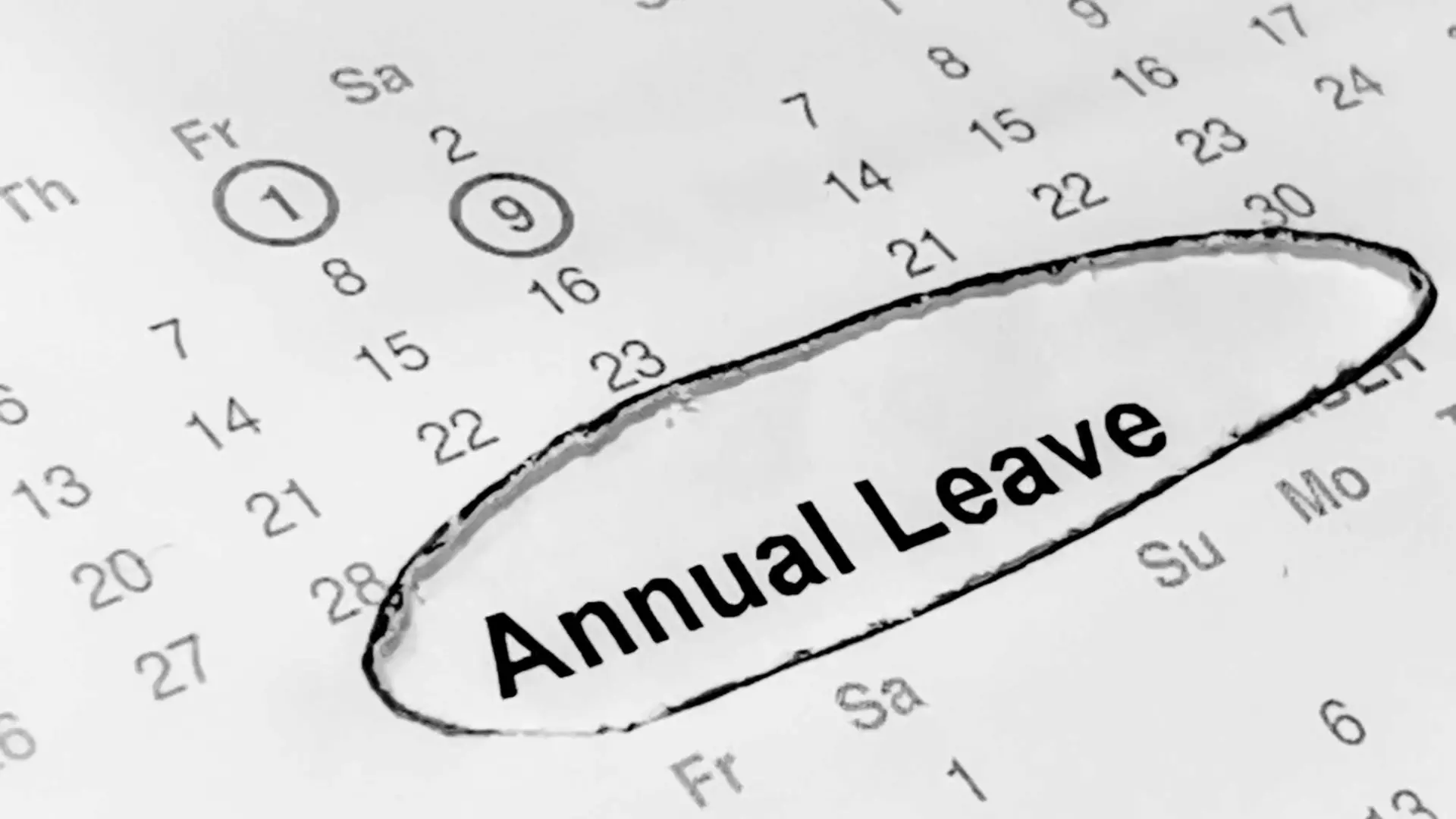Article
Navigating Nanny Payroll With Pay The Nanny: A Comprehensive Guide to Leave Entitlements

All About Leave and Your Nanny
If only managing nanny payroll meant simply paying out the same amount of cash every month. Sadly, there’s more to it, and it can feel overwhelming for busy parents. For most, the mere thought of admin around nanny payroll is enough to tip them over the edge.
There are contracts to draw up, payslips to generate, deductions to make and overtime to keep track of.
Calculating leave is another of those admin headaches, and there are plenty of pitfalls. Read on as we take you through your nanny’s leave entitlements step by step.
Keeping Up-To-Date With the Latest Rules
There are rules around all aspects of nanny payroll, including leave. They often get altered or tweaked so you need to be across all the latest updates. If not, you risk that sinking feeling as you realise an accidental slip-up could lead to bad feeling with your number one helper or, worse still, with the Inland Revenue.
Perhaps surprisingly, there are at least twelve official or recognised types of leave. Some, such as annual leave and sick leave, will be familiar. Others, such as bereavement or family violence leave, are less well-known but, nonetheless, important to understand.
When you hire a nanny, as their employer, you must:
- Inform them about their holiday entitlements
- Refer them to a place where they can find more details about these entitlements
Keep in mind that payment for annual holidays gets calculated in a different way to payment for public holidays, other types of leave and sick leave. You need to be sure that each holiday and leave type gets worked out correctly.
Here’s a little about each kind of leave:
Annual Leave
It doesn’t matter if your nanny is part-time, fixed, full time or casual. They are due:
- Four weeks of paid holiday each year after every 12 months of continuous service
As their employer, you must:
- Let your nanny take at least two weeks’ leave at a time if they choose to do so
- Consider requests to pay out up to a week of annual leave (unless your contract states that this won’t be possible)
- Keep records of all leave
- Give your nanny at least two weeks’ notice if you require them to take annual leave
You can limit how much leave your nanny carries over each year. You’ll need to inform them they must take leave if too much has built up. You mustn’t pressurise your nanny to take extra payment instead of leave if they have too much left over.
You can also let your nanny take leave they haven’t yet earned. You’ll need to put in writing that if they quit before they’ve earned back that leave, you will deduct the outstanding amount from their final pay.
Public Holidays
Your nanny has an entitlement to up to 12 public holidays each year- eleven national holidays plus one provincial holiday. That’s provided they are days they would otherwise work. You should ensure your nanny can take them as leave, wherever possible.
Nannies who prefer to work on public holidays have an entitlement to get paid time-and-a-half and may get a day’s leave to take in the future.
You can only require your nanny to work on a public holiday if you’ve written it into their contract and if the day is one they would normally work. Otherwise, you can request your nanny works on a public holiday, but you can’t force them to do so.
If the public holiday in question happens to fall on what would be a normal working day for them, you must ensure your nanny gets a paid day off in the future to compensate.
Sick Leave
Your nanny is due this after six months of continuous employment with you. They have an entitlement to five days of sick leave every six months in their first year working for you, and then ten days per year after that.
The same rules around sick pay apply if your nanny worked an average of ten hours a week for six months with at least one of those hours in every week, or forty hours over each month.
You will have to let your nanny accrue up to twenty days of sick leave. They can then carry ten days of unused sick leave over to the following year.
Looking after a sick or injured partner or dependent, such as a child, counts as sick leave. You’ll also have to pay your nanny what they would have received had they worked. That includes any relevant bonuses or overtime.
You can be more generous with sick pay if you want to be, e.g. offering your nanny sick leave if they’ve worked for you for less than six months.
Bereavement Leave
The rules around qualifying for this kind of leave are the same as for sick leave. However, there are fixed minimum entitlements, e.g. three days paid leave following the death of a close family member, otherwise one day off. You can increase these entitlements if you wish, perhaps depending on the circumstances.
Other Types of Leave
Other kinds of leave have strict rules, too. They include:
- Parental leave, e.g. to look after a newborn or in cases of adoption
- Family violence leave when there’s physical, sexual or psychological abuse
- Unpaid leave if your nanny wants more holiday but has run out of leave
- Long-service leave, jury leave and voting leave
- Leave related to workplace stress or following a natural disaster
Stay On Top of Leave With Pay The Nanny
It might feel as if you need a degree in “Leave” to ensure you’re giving your nanny what they’re due by law. Most of the entitlements we’ve listed are the minimum. You can be more generous if you want to be.
It’s wise to have a basic understanding of all leave entitlements before you hire a nanny. However, keeping track of them once your nanny has started working for you is a big ask.
That’s when Pay The Nanny can help. We don’t just deal in payslips. We’ll ensure you’re always compliant so you and your nanny know where you stand on leave at any given point.
Get in touch with Pay The Nanny today and give yourself some leave from all the nanny payroll detail.

Understanding Leave Entitlements for Nannies and Au Pairs in New Zealand

Covid 19: 18 August Update

A Guide to Holiday Pay for Nannies in New Zealand

Public Holidays for Nannies in New Zealand
